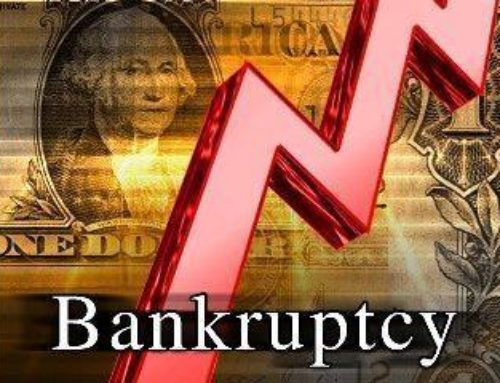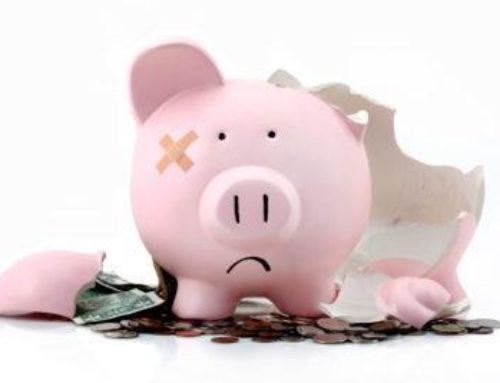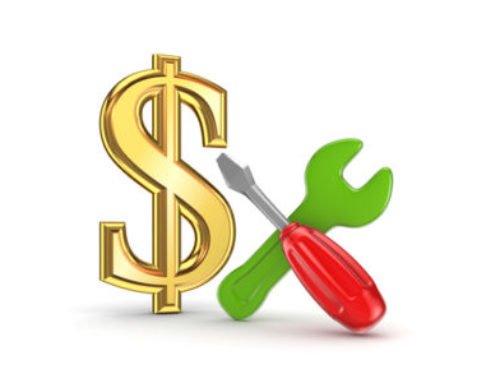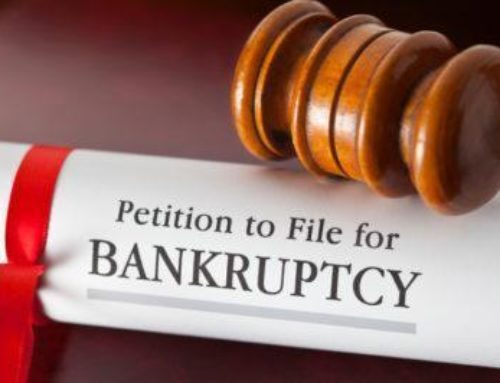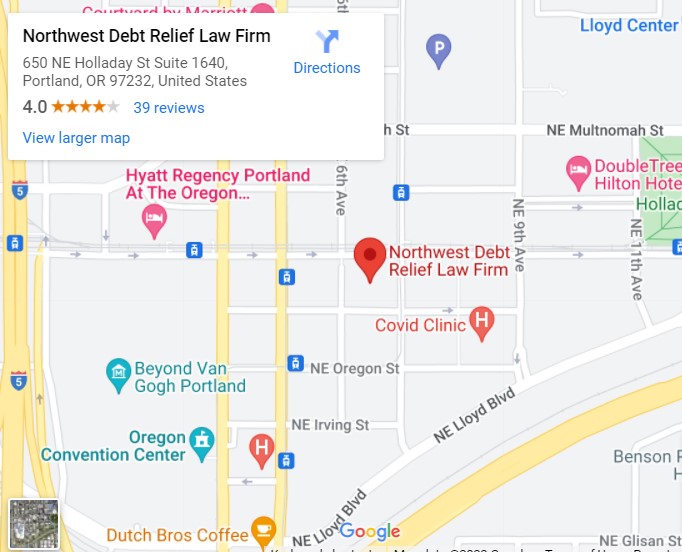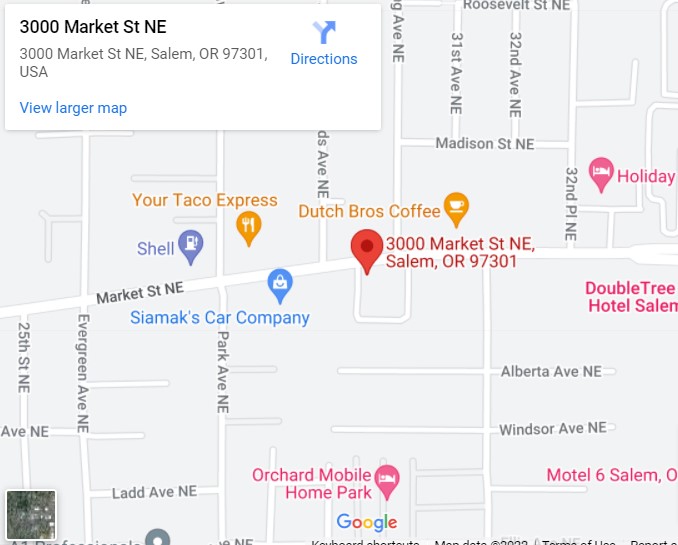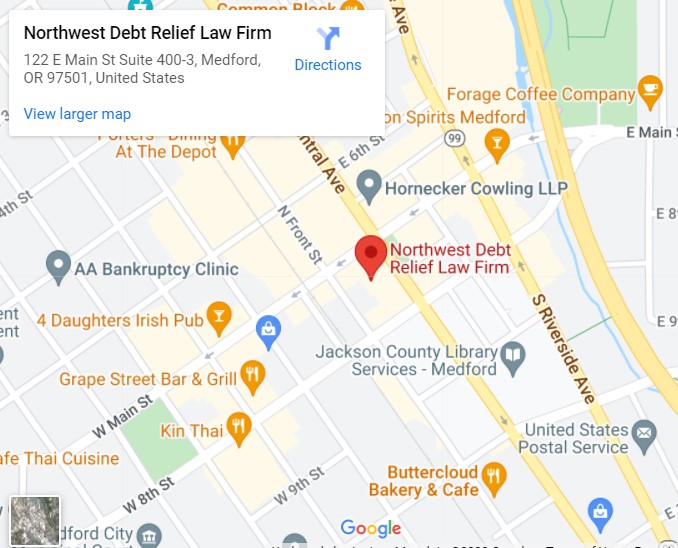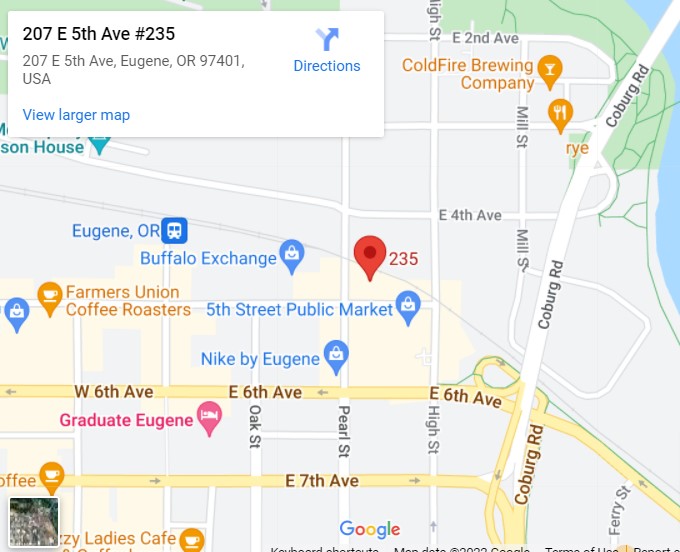 When you decide to file for Chapter 13 bankruptcy, you may be wondering what kind of payments you should expect. This is usually determined by a complication series of calculations that take into account your debts, assets and income.
When you decide to file for Chapter 13 bankruptcy, you may be wondering what kind of payments you should expect. This is usually determined by a complication series of calculations that take into account your debts, assets and income.
But although there’s no simple answer to this, there are a few things to keep in mind that can give you an idea of what to expect.
Plan for a three to five year repayment plan.
This is usually the span of time it takes to work through the entire process. It varies, obviously, from case to case, but it’s still a useful set of parameters to keep in mind.
Be prepared with an idea of your income and expenses.
It used to be that your payment would be calculated solely based on these two bits of information. Now, it’s a little more complicated than that.
When the courts are determining your payments, they’ll consider any changes to your income, including the loss of a job, cutting of overtime, etc. You’ll never be asked to contribute to payments that you can’t possibly manage.
After you fill out a series of forms, you, your attorney and the court will interpret what those numbers actually mean to your ability to make certain payments. In most cases, they will account for car payments, mortgages and other expenses to ensure that you’re still able to live comfortably while working to repay your debts.
Look into your state’s particular laws.
The information used in your case doesn’t only depend on your individual income and expenses. Bankruptcy law varies from state to state, and your payment might change accordingly.
Familiarize yourself with your state’s laws, and be sure you’re not basing your expectations on another set of parameters. Contacting an attorney is the first major step to getting a better idea of what’s to come.

